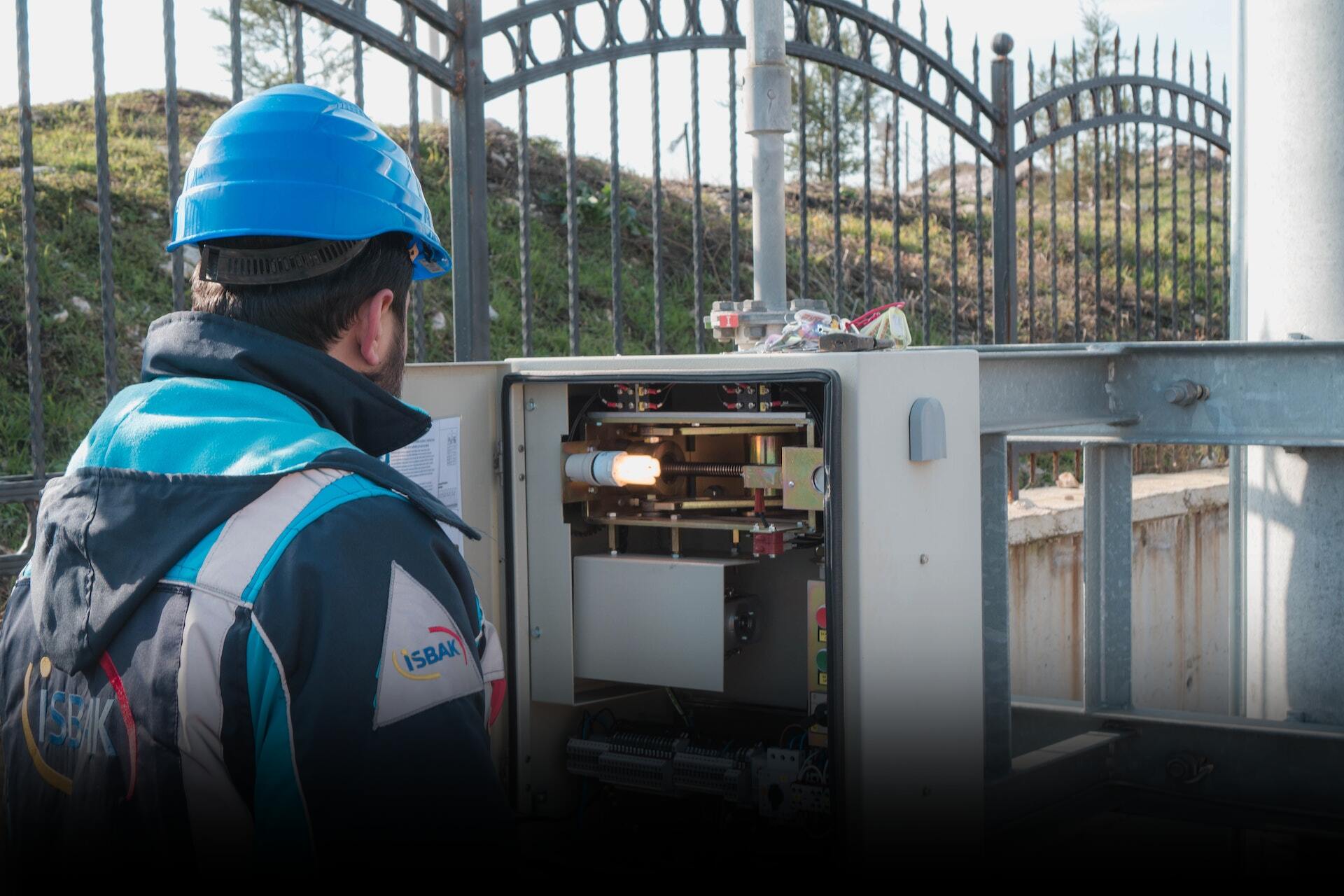
No Time to Read?
Let’s Explore the Blog Together to Know What’s Inside in 5 min summary video
This Article is for organisations, managers, engineers, technicians, workers and operators whose works are carried out on or near electricity or electrical equipment. Following is few pieces of advice regarding safe working practices in design, specification, selection, installation, commissioning, maintenance or operation of electrical equipment intending to help meet the some requirements of electrical Regulations.
Basic Principles of Electricity
Electricity
The flow or movement of electrons through a conductive material that permits transferring electrical energy between two ends
Conducting material
The substance through which the electricity can flow and transfer , usually made of metals like steel, iron, alluminum, copper but also some gases or liquids like water are good conductor of electricity
Insulating material
On contrary of Conductor material, it is very poor conducting material through which forbid transferring of electricity, usually made of rubber, timber and plastics.
Short circuit
A fault in he electric circuit breaks it leading the current flows directly to earth rather than machine, equipment,etc. E;ectrical resistance is almost vanished meanwhile voltage remains the same so a rapid increase in current occurs, short circuit can cause safety accidents, property damages in absence of proper protection
Earthing
Considering Earth as a huge low resistance conductor which easily receive electrical current, that reinforce neccessity of conducting any metal, equipment, machine which a person might come into contact to earth, leading electric current to flow to earth rather than human body.
Low voltage
This is a voltage normally not exceeding 1000V dc or 600V ac between conductors and earth or 1000V ac between phases.
High voltage
This is a voltage exceeding 1000V dc or 600V ac between conductors and earth or 1000V ac between phases.

Mains voltage
Common voltage available in houses, offices, shops and many workplaces, it falls into low voltage category since usually supplied between 220 and 240V ac
Live
Machines, tools, equipment or any piece of conductor which has a voltage when connected to a source of electricity
Charged body
It is the item which has received an electric charge as a result of either being live or by other means ( static ) even though it may be disconnected from the rest of the system
Live work
Carrying out job/ task on or near “live conductors” or even ‘charged body’ like power lines live testing and measuring voltage on
Dead
Neither electrically “live” nor “charged”
A faulty wire can cause a fire
– Safety Advisor
Disconnected
Machine, tool, equipment that is not connected to any source of electrical energy
Isolation
A safety practice intend to seperate all or single zone or section vicinity of electrical components by cutting off every souce of the electrical power supply
Hazards, Riks and Danger of Elecricity
United nation main objective regarding climate change is Energy which is considered the key to the solution. electricity is the clean substitution energy to fossil fuels. However, electricity is not the angel transmitting energy, since when by faulty contact with conducting material, machines, equipment or most importantly human being, animals; it releases deadly power resulting in serious damage or loss of life.
Most electrical accidents occur because people:
-
- Unaware of being “live” rather than “dead”,
- Lack of training,
- Using inappropriate equipment
- Lack of adequate precautions.
The principal hazards associated with electricity are:
-
- Electric shock
- Electric burns
- Electrical fires and explosions
- Electric arcing
- Other related hazards.
1. Electric shock
Occurs when human body becomes the route of live electricity to earth resulting in muscle convulsion, accompanied by sever injury, pain and probable burn depending upon the size of the electric current , voltage and the electrical resistance of the skin and body.
2. Electric burns
The electric generated heat usually more severe than those caused by fire heat, due to ability to penetrate deep into the tissues of the body. Depending upon the pathway which electric current pass through the body , time period of the shock and the size of the current.
3. Electrical fires and explosions
Mentioned earlier about generated electric heat and spark which are capable of igniting flammable gases, liquids, combustible material and even insulators when misusing in addition to overload and over capacity electric current. Often occures due to lack of maintenance, poor design, short circuits, overheating of cables
4. Electric arcing
Along with point a, b, c, too narrow space with high voltage power line increase the probability of electric arc formation, that electricity can travel through this narrow space to human body. flash burns, temporary blindness by burning the retina of the eye are the cost of electric arcing
Sources of high risks associated with electricity
-
- Unsuitable equipment, tool for electrical works
- Poor quality of used equipment, machines, tool
- Poorly maintained electrical equipment, tool
- Using unapproved electrical equipment for adverse or hazardous environments (wet, flammable or explosive atmospheres)
- Live working on mains electricity supplies
- Contact with underground cables during excavation work
- Contact with live overhead power lines



